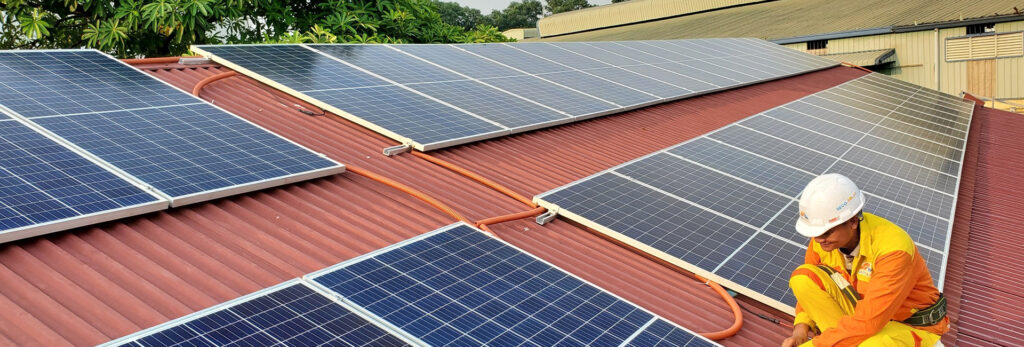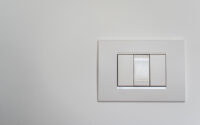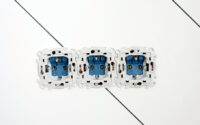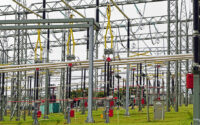SOLAR ACCESSORIES

Solar accessories are additional components that can be added to a solar energy system to enhance
its performance and functionality. Some common examples of solar accessories include:
Solar charge controllers: These devices regulate the flow of electricity from the solar panels to the
battery bank, preventing overcharging and prolonging the life of the batteries.
Solar inverters: These devices convert the direct current (DC) electricity produced by the solar panels
into alternating current (AC) electricity, which can be used to power household appliances and other
devices.
Battery monitoring systems: These devices provide information on the state of charge of the battery
bank, allowing the user to monitor the performance of the system and make adjustments as needed.
Solar tracking systems: These devices automatically adjust the angle of the solar panels to optimize
the amount of sunlight they receive, increasing the overall efficiency of the system.
Solar water pumping systems: These systems use solar energy to power water pumps, providing a
sustainable and cost-effective solution for irrigation and other agricultural applications.
Remote monitoring systems: These systems allow the user to monitor the performance of the solar
system remotely, using a computer or mobile device. This allows for real-time monitoring and
troubleshooting of the system.
Solar-powered lighting systems: These systems use solar energy to power outdoor lighting,
providing a sustainable and cost-effective alternative to traditional lighting systems.
Grounding and lightning protection: These devices provide protection for the solar system against
lightning strikes, power surges, and other electrical hazards.
Solar panel cleaning equipment: These devices help in cleaning the solar panels, which in turn
increases the efficiency of the system. By adding these accessories to a solar energy system, it is possible to increase the overall performance and functionality of the system. Selecting the right accessories for the specific application is crucial, along with ensuring their compatibility with the existing solar energy system. AJB, ACDB, DC Isolator, and DC Fuse represent common electrical components frequently utilized in solar energy systems.
An Array Junction Box (AJB) serves as a component employed to establish connections among solar panels within a solar energy system. Typically situated in proximity to the solar panels, it facilitates the connection of the positive and negative leads from the individual panels.
An ACDB, or AC Distribution Board, serves as a component utilized to distribute the AC power generated by a solar energy system to different loads. It typically includes circuit breakers, fuses, and
other safety devices to protect the system from overloading or short-circuiting.
Conclusion
A DC Isolator serves as a device employed to isolate the DC circuits within a solar energy system. Typically positioned in proximity to the solar panels, it plays a role in disconnecting the solar panels from the rest of the system for maintenance or troubleshooting purposes.
need to transfer into active voice. It is typically located near the solar panels and is used to disconnect
the solar panels from the rest of the system in the event of an overcurrent condition.
All of these components are critical to the safe and efficient operation of a solar energy system, and
they must be carefully selected and installed to ensure that they are compatible with the existing
system.
.



